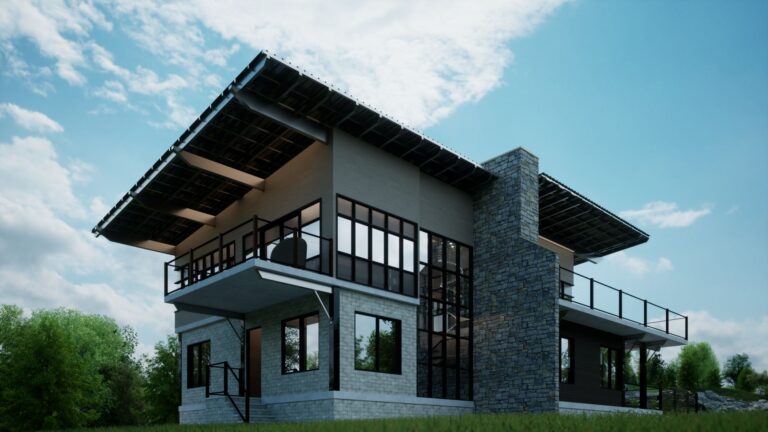- Sustainability: Modern architects are increasingly concerned with sustainability. They are designing buildings that use less energy and resources, and that have a smaller carbon footprint. This can be done through a variety of means, such as using recycled materials, incorporating green roofs, and designing buildings that are naturally ventilated.
Sustainable architecture design
- Connectivity: Modern buildings are often designed to be connected to their surroundings. This can be done through the use of open floor plans, large windows, and outdoor spaces. This connectivity can help to create a sense of community and to improve the overall livability of the building.
Connectivity architecture design
- Flexibility: Modern buildings are often designed to be flexible. This means that they can be adapted to changing needs over time. This can be done through the use of modular construction, movable walls, and adaptable furniture. Flexibility can help to make buildings more sustainable and more cost-effective.
Flexibility architecture design
- Technology: Modern architects are increasingly using technology to create innovative and cutting-edge designs. This can include the use of 3D printing, parametric design, and smart materials. Technology can help to create buildings that are more efficient, more comfortable, and more visually stunning.
Technology architecture design
- Sustainable materials: Modern architects are also increasingly using sustainable materials in their designs. This can include materials such as recycled wood, bamboo, and cork. Sustainable materials can help to reduce the environmental impact of buildings.
Sustainable materials architecture design
- Biomimicry: Biomimicry is the process of imitating nature in design. This can be done by incorporating features from plants and animals into buildings. Biomimicry can help to create buildings that are more energy-efficient, more resilient, and more aesthetically pleasing.
Biomimicry architecture design
These are just a few of the concepts of architecture in modern design. Modern architects are constantly pushing the boundaries of what is possible, and they are creating buildings that are more sustainable, more connected, and more flexible than ever before.



